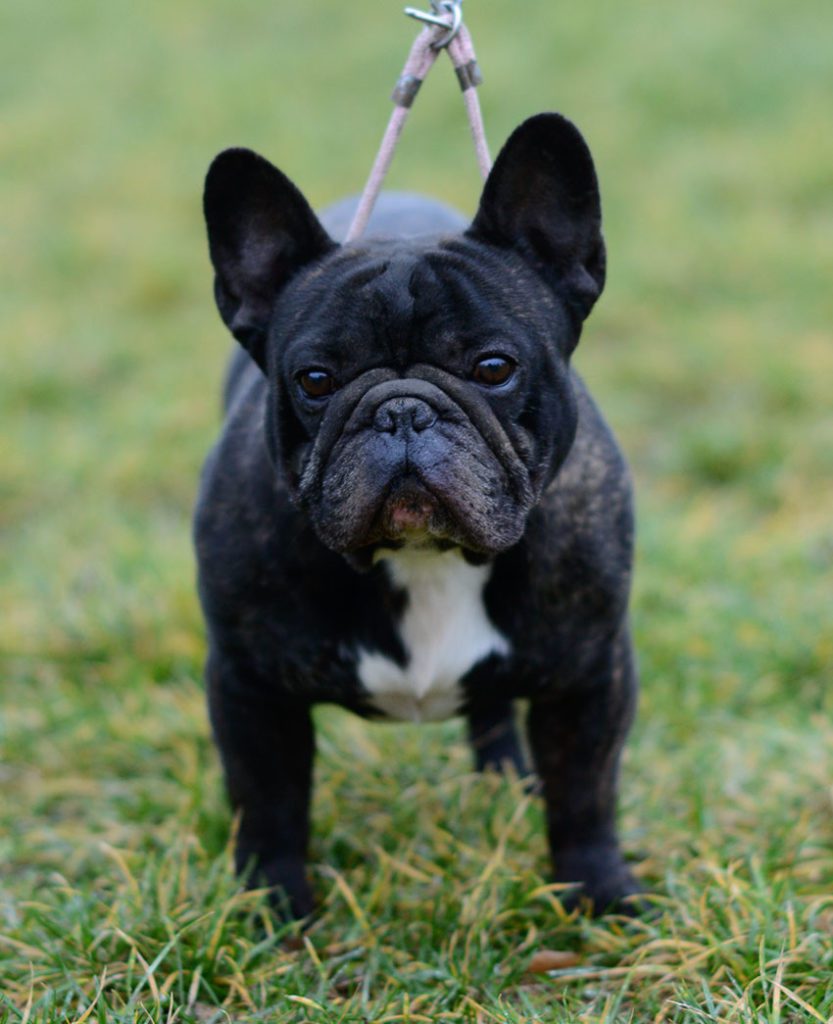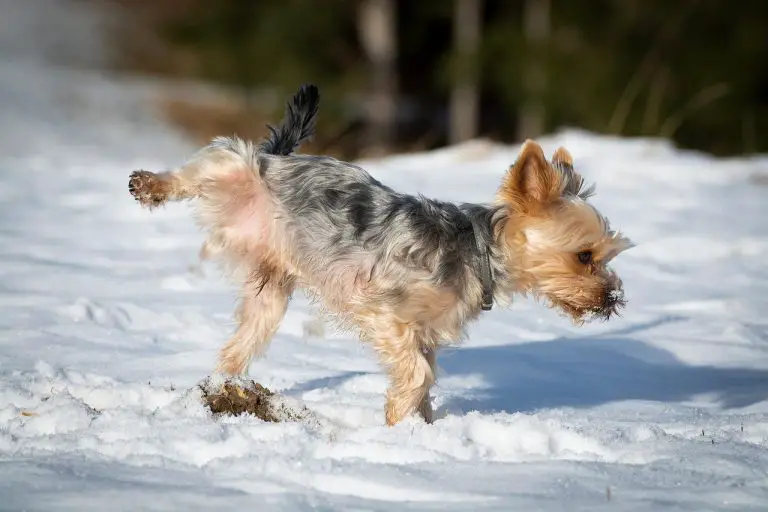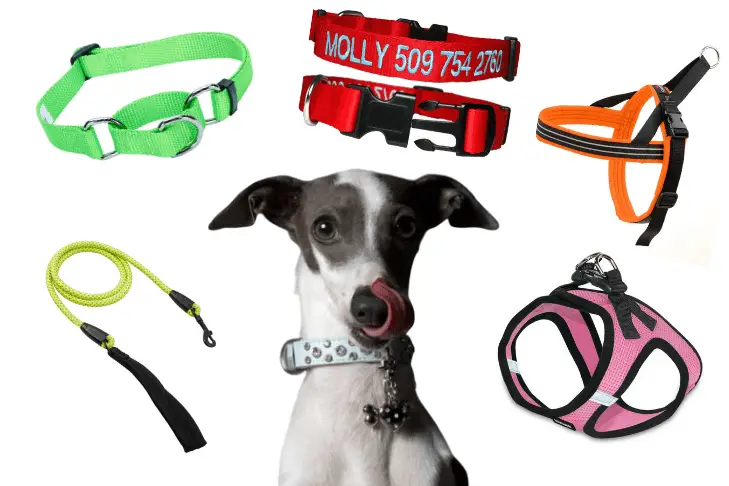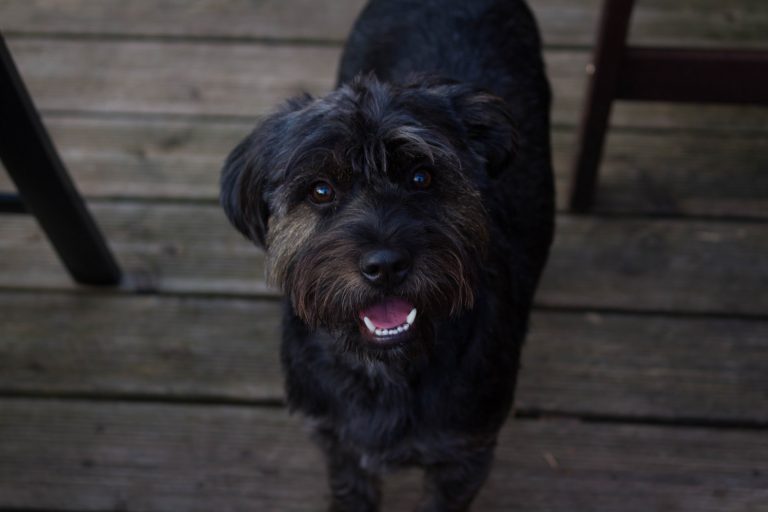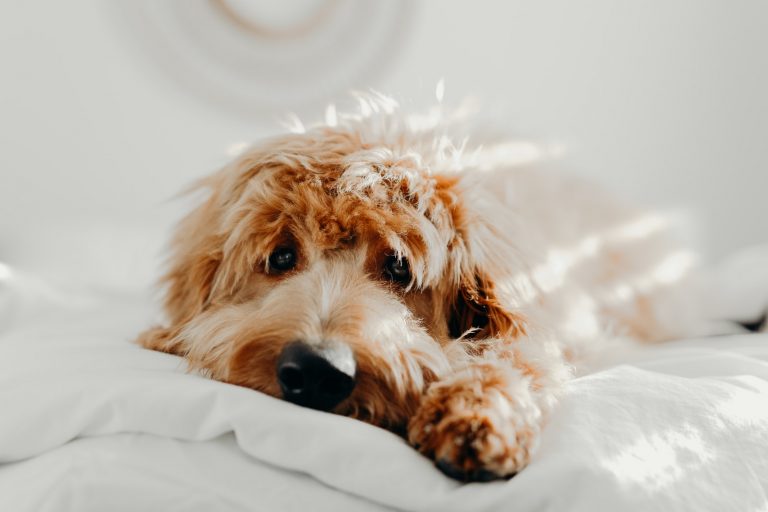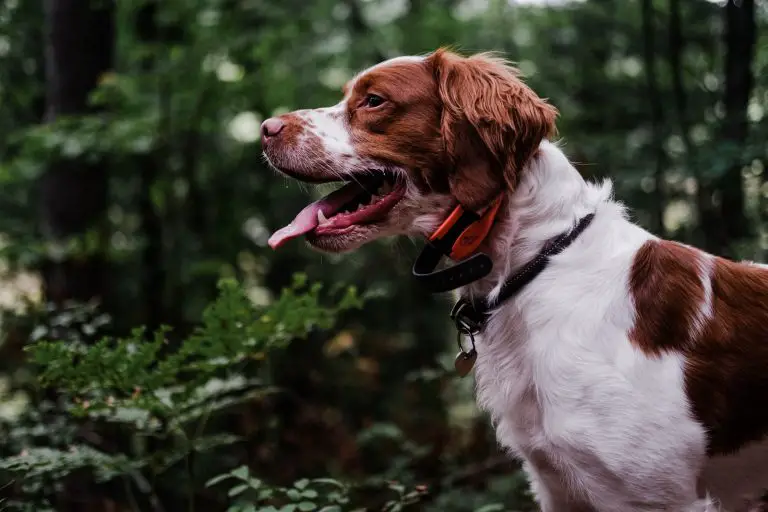If you are getting a French bulldog, then you might be wondering what to feed it and how much do French bulldogs shed.
It’s no secret that all dogs shed, even the dog breeds that are advertised as hypoallergenic shed to some extent, as it’s a way for them to get rid of their old or damaged hair naturally. Even though shedding is entirely normal for dogs, the frequency and amount of shedding typically depend on a handful of factors, including the breed type and any underlying health problems.
The time of year can be another deciding factor in how much dogs shed. In the summer, most dogs lose their undercoat to avoid getting overheated, whereas during the winter, they shed their summer coat, and a thicker and warmer coat grows out in its place to keep them warm.
French bulldogs are known to have a calm and loving personality and make for adorable pet-companions. If you’re planning to adopt one to keep you company, you’re probably wondering if and how much they shed and how you can care for their coat.
French bulldogs have a short and smooth coat that’s incredibly easy to groom. They don’t shed as much as most dog breeds, but they do shed their undercoat twice a year. This blog will take you through everything you need to know about how much French bulldogs shed, how to manage it, and some tips on protecting your home from unwanted dog hair.
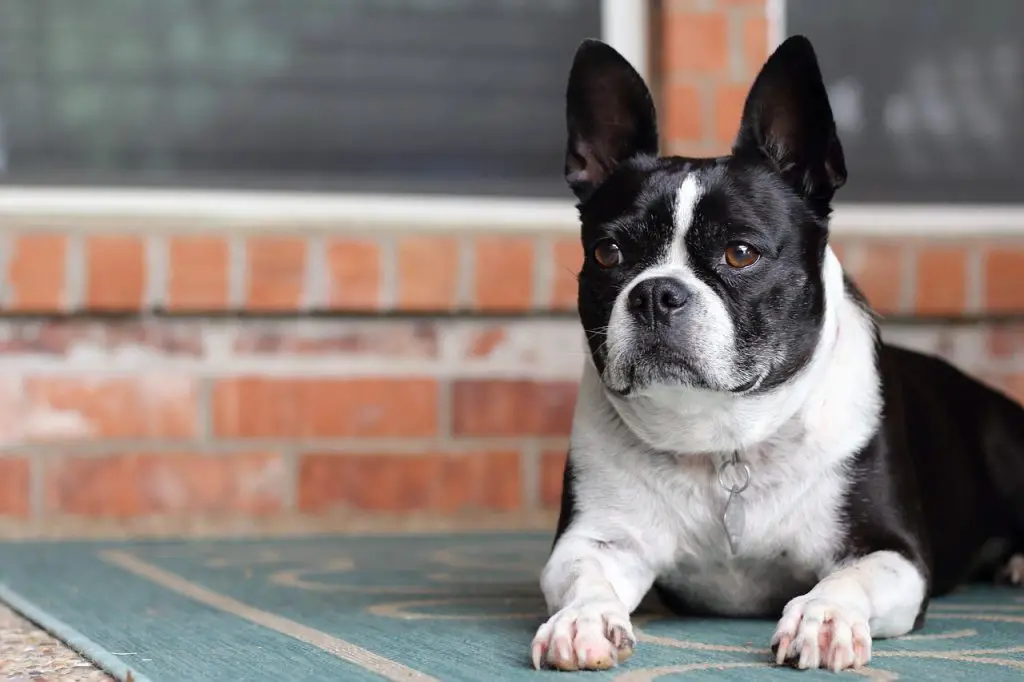
How Much Do French Bulldogs Shed Normally?
As we’ve already established, French bulldogs typically don’t shed as much as other breeds because they have tiny, short-coated bodies. They’re known to shed most of their coat during fall and spring. You can expect them to shed a lot more in the earlier months of summer as they’re losing all the heavy fur that kept them warm in the colder months.
But it’s important to note that every dog is different. You may find that the dog you’ve ended up adopting has a denser coat and sheds a lot more than normal. Many dog owners who own more than one French bulldog have observed that they don’t always shed the same way. Some French bulldogs can shed the whole year, while others only shed between the seasons.
You may be surprised to learn that dogs tend to shed a lot more when they’re puppies. The shedding usually starts to get under control as they grow older. Another thing you need to consider is that French bulldogs have sensitive skin that’s prone to inflammation and trauma, and this could cause an increase in hair loss.
It’s advisable to pay close attention to your dog and keep track of his shedding levels and frequency to be able to notice any abnormalities right away and get them examined for health problems.
Watch this video on shedding in French Bulldogs.
https://www.youtube.com/watch?v=N2ssRpbO9w8
What Causes Shedding in French Bulldogs?
Many things can affect the level and frequency at which a French bulldog sheds. The most common factors include the season, health and nutrition, genetics, the type of hair conditioners that are being used for grooming, and excessive bathing.
If you haven’t been able to provide a good diet to your dog or he has a hormone or vitamin deficiency, he may shed in more significant amounts or a lot more often than he should. Genetics is also an essential factor that can make a huge difference in shedding. If your French bulldog had parents that were both shedders, then chances are he’s going to shed as well.
Your dog’s health is also responsible for the amount and frequency of shedding, and any underlying illnesses can make your dog shed a bit more than usual. If you’ve noticed that your French bulldog has recently started shedding excessively, you need to inspect him for the following symptoms and get him examined immediately.
- All kinds of open sores
- Skin irritations, such as rashes, redness, bumps, or scabs)
- Bald spots or thinning of the coat
- Abnormal amount of scratching
- Dull and dry hair that gets pulled out easily
- Excessive face rubbing or foot licking
French bulldogs are likely to develop skin conditions like dermatitis. This can also be the cause of excessive shedding. Pay close attention to your dog’s hair when you’re brushing him to notice any ongoing or developing skin issues so you can get him treated before it becomes a bigger problem.
The ASPCA (American Society for the Prevention of Cruelty to Animals) suggests that excessive shedding in dogs can occur due to the following situations or health conditions:
- Some types of medications
- Immune disease
- Pregnancy
- Lactation
- Parasites, such as fleas, mites or lice
- Fungal or bacterial infection
- Inhalant or food-related allergies
- Poor nutrition
- Self-inflicted trauma as a result of licking
- Cancer
- Exposure to irritating substances
- Sunburn
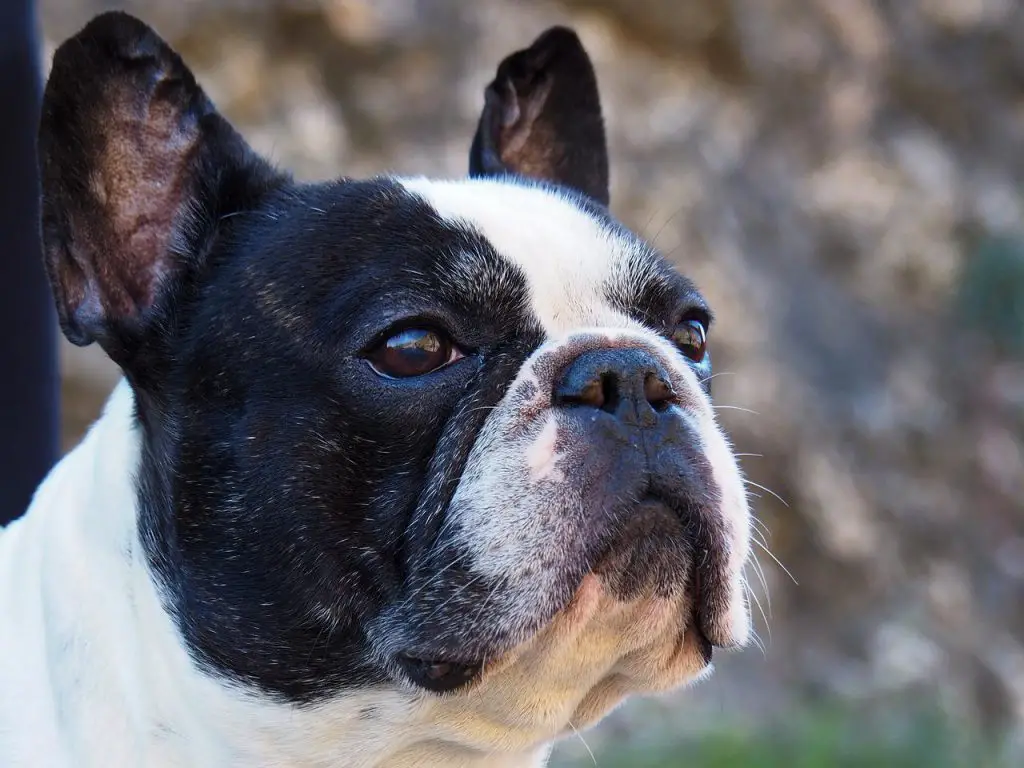
How to Manage French Bulldog Shedding?
Let’s take a look at some tips on how you can manage your French bulldog’s shedding:
Grooming
One of the most effective ways you can manage your dog’s shedding is by grooming him regularly. This will also help keep your furniture, and your house free from unwanted dog hair as most of it will go into the brush.
Grooming will also help keep his coat clean and soft, minimize the risk of skin conditions, and allow you to discover them when they’re still in their early stages. There’s a huge variety of grooming brushes available today that you can choose from. They come in a wide range of sizes and materials. But, it is important to understand each dog requires a different grooming brush. You should know that finding the right brush for your dog can be a trial and error process.
For French bulldogs that have a thinner coat, it’s better to use soft brushes with fine bristles as they won’t remove too much hair. Dogs with dense coats, on the other hand, need to be groomed using stronger brushes, such as the “FURminator.”
It’s recommended that you use a stripping comb to brush your dog as it will loosen the hair. You can also use a grooming mitt to get rid of the excess hair. Silicone brush gloves are another great option as they’re quite soft and can be used for bathing as well. Ask your vet for suggestions on dog care tools that work best.
You need to groom your French bulldog at least once every week. If your dog sheds a little more than normal, you may have to do a 5-minute grooming session daily or every two days. Regular grooming is particularly helpful during the seasons your dog sheds the most.
Make sure you’re not putting too much pressure on your dog’s skin. Not only will your furry friend get irritated, but you’ll also end up making the shedding a lot worse.
Frequent Bathing
Another great way to keep your furry friend’s hair healthy and shiny is by bathing him frequently. This will help get rid of dead hair and keep your dog clean, especially if he’s playful and likes to roll around in the mud.
Bathing can also be an opportunity for you to apply hair products like shampoos to protect your dog’s skin against skin diseases or inflammation. It’s advisable to stick to hypoallergenic dog products that are rich in natural oils. Don’t forget to dry your dog’s fur with a towel quickly after bathing and brush it gently to remove loose hair.
Avoid bathing your dog too often, or you’ll end up drying out his natural skin oils. You don’t need to bathe your dog more than once every month unless he’s spending a lot of time outside and getting extremely dirty. It’s interesting to note that French bulldogs that spend most of their time inside are known to shed less than those that like staying outdoors.
Ear Cleaning and Facial Wipes
Clearing your dog’s ears may not have a direct effect on his shedding, but it can help minimize the risk of ear infections that can make him sick and cause excessive hair loss. Canine facial wipes is another option you can try. These aren’t just good for keeping your dog’s face clean, but also for washing the wrinkles on his face that may be hiding a lot of dirt.
You should pay special attention to your French bulldog’s wrinkles as they’re a breeding ground for bacteria. Once you’ve cleaned the wrinkles, dry them thoroughly. The better you’ll care for your dog, the lesser chances he’ll have of picking up an infection or a bug that can lead to an increase in shedding.
Healthy Nutrition
Giving your dog a healthy diet is critical as it not only minimizes shedding but also helps keep your dog in great health overall. Healthy nutrition is also known to keep their coats shiny and strong.
What you feed your dog regularly has a huge part to play in his health. Some types of dog food can cause a change in how much your dog sheds. You need to look for dog foods that are high in protein, healthy fats, nutrients, and omega-3 fatty acids such as fish or incorporate fatty acid supplements into his regular diet.
Fruits that are rich in anti-oxidants can also boost his immune system and keep him protected against diseases caused by bacteria. Supplements may not directly reduce the shedding, but they can improve the strength and texture of your dog’s hair and reduce the amount of hair he sheds as a result.
You should avoid giving your dog foods that contain a high content of wheat, soy, or corn as they’re usually added as fillers that have little to no nutritional value. You may consider a grain-free diet instead.
Dog foods that are specifically made for dogs with sensitive skin and stomachs are also a great choice as they can help minimize the shedding.
Watch the video on how to control shedding in French Bulldogs.
How to Keep Your Home Free from French Bulldog Hair?
Owning a dog is a full-time job. Not only do you have to look after your dog, but you also have to spend extra time cleaning unwanted hair from your furniture and carpets throughout the house.
Getting rid of every single dog hair is just not possible when your dog spends most of his time inside. Let’s take a look at some practical steps that can help you remove as much dog hair as possible from all types of surfaces in your home.
Keep Your Bedding Clean and Fresh
If you love having your dog snuggle up next to you in bed, you should put a folded blanket or a towel over your dog’s favorite spot on your regular bedding. But if your dog likes to get up on your pillows as well, consider using a dryer sheet to get rid of all the dog hair. All you need to do is rub the sheets over your bedding a couple of times, and the hair will come right off.
To remove pet odor from your bedding, opt for scented dryer sheets as they’ll keep your bedroom smelling fresh and clean. Wash your comforters and dryer sheets separately to keep hair off other items.
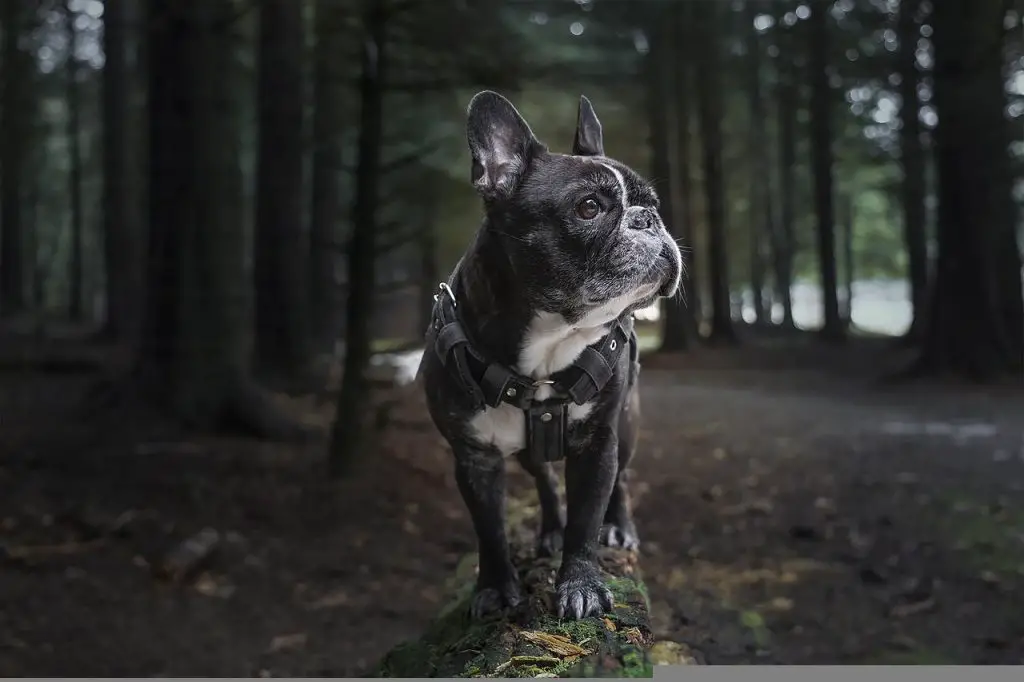
Use Blankets or Covers to Keep Furniture Fur-Free
It can be a hassle to remove pet hair from your furniture, especially when it’s not that easy to spot. What you can do instead is get blankets and covers that are made to protect your furniture from unwanted fur and pet odor. The best part is that there’s a huge variety of options you can choose from so you don’t have to settle for an unsightly plastic cover.
It’s a lot easier to toss these covers in the washing machine once every week than trying to keep your bare furniture fur-free. You also have the option to choose your material and get a custom-made cover for your couches. These are a great investment as they help you save a lot of time and aren’t that difficult to clean either.
Use a Damp Rubber Glove
Finding dog hair on your favorite piece of furniture can be quite upsetting, but there’s no need to fret as their many easy ways you can get rid of pet hair from your favorite couch. To remove dog hair from a fabric sofa, use a damp rubber glove. Rub it over all your sofas and other pieces of furniture until it’s full of hair. Rinse it off and repeat as needed.
Use a Dust Mop to Clean Hardwood Floors
Instead of using a vacuum to clean your hardwood floors, you should try using a dust mop instead. The exhaust port on vacuum cleaners can cause dog hair and other particles to fly back onto the surfaces. You can also use damp dust mops to remove dog hair from tile floors.
Avoid using a soak wet mop as it can create more of a mess with the hair and make sure you’re getting an electrostatic dust mop as it will get the job done more effectively.
Dampen Your Carpet before Vacuuming
Carpeted flooring is the hardest to clean when you have a dog in the house. To remove dog hair from your carpet, you should dampen it first and roll all the pet hair into a ball using a rubber broom. If you wish to get rid of pet odor, you can try adding a little bit of baking soda on your carpet and leaving it on for around 10 minutes before vacuuming.
Wet carpet is conducive to mold growth, which is why you need to make sure it’s just slightly damp, or it will take too long to dry.
Remove Dog Hair from the Air
It’s also essential for you to maintain your HVAC system. Don’t forget to change the air filters on your cooling and heating system at least once every month and get your entire system inspected by a professional annually.
Once both your home and your HVAC system are clean, you can move on to cleaning the indoor air. Dog hair in the air can activate allergies, which is why you need to use an air purifier with a HEPA-type filter to rid the air inside your home of dog hair.
Conclusion
French bulldogs make lovely and adorable pet companions, even with all their shedding. If you’re taking care of your dog’s nutrition, bathing and grooming him regularly, and getting him inspected by the vet every time you notice any abnormalities, you won’t have to worry about having a lot of pet hair around your house.
French bulldogs have a very fine, short coat that’s incredibly easy to care for as they don’t shed as much as other breeds. However, if you notice that your dog has been shedding a lot more than normal, it could be a sign of an underlying health problem like infections, allergies, and other skin conditions. In such cases, you need to take them to the vet and get them treated right away. Don’t wait until it is too long.
Paul Cook is an avid pet and animal enthusiast. He spent much of her childhood on a small farm in rural Iowa. When in high school, Paul nursed an entire box of newborn, and recently dumped, kittens back to health, and successfully found homes for all of them. He’s presently the dog-dad of nine beautiful dogs, Bruno, Lester, Sandy, Bailey, Dio, Pat, Max, Brutus, and Nora. In his career life, Paul has 20+ years of writing experience as a content writer and content collaborator across a host of verticals. When he is not writing, he is spending time with his dogs.
Did you like this article?

